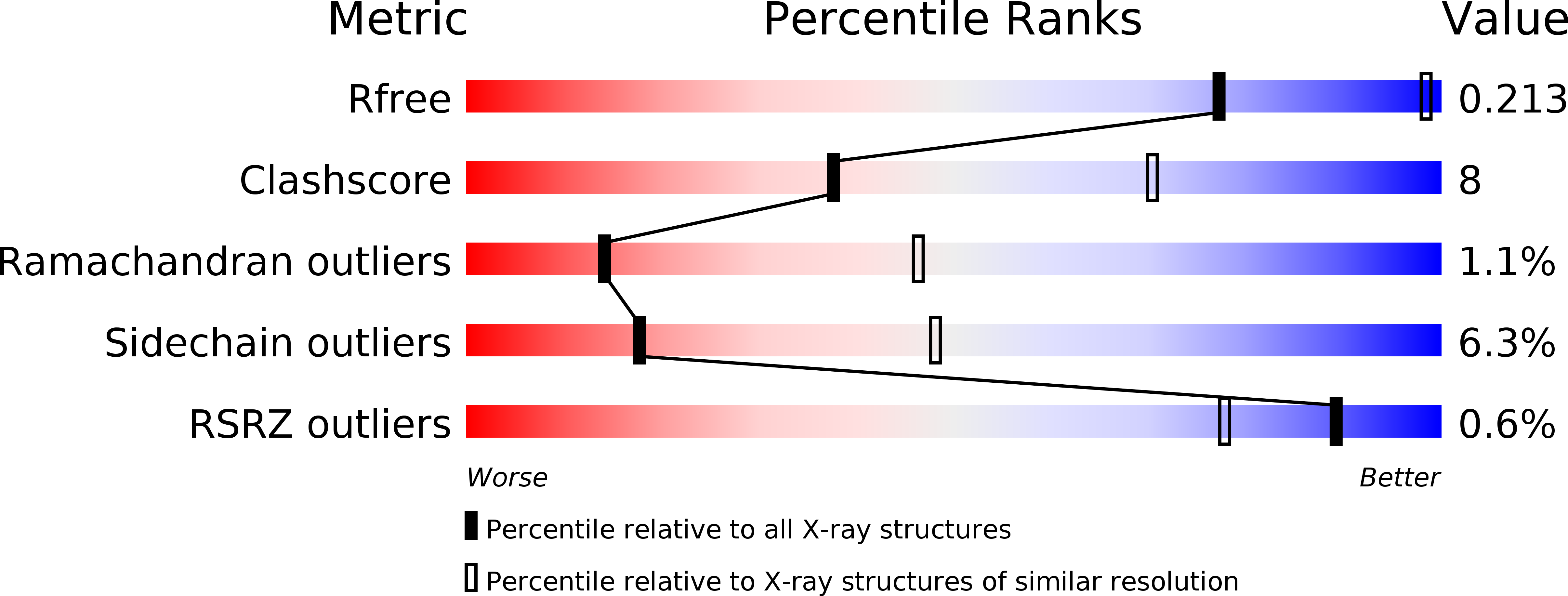
Deposition Date
2009-12-03
Release Date
2010-06-09
Last Version Date
2024-10-30
Entry Detail
PDB ID:
3KXF
Keywords:
Title:
Crystal Structure of SB27 TCR in complex with the 'restriction triad' mutant HLA-B*3508-13mer
Biological Source:
Source Organism:
Homo sapiens (Taxon ID: 9606)
Host Organism:
Method Details:
Experimental Method:
Resolution:
3.10 Å
R-Value Free:
0.29
R-Value Work:
0.21
R-Value Observed:
0.21
Space Group:
P 1 21 1


